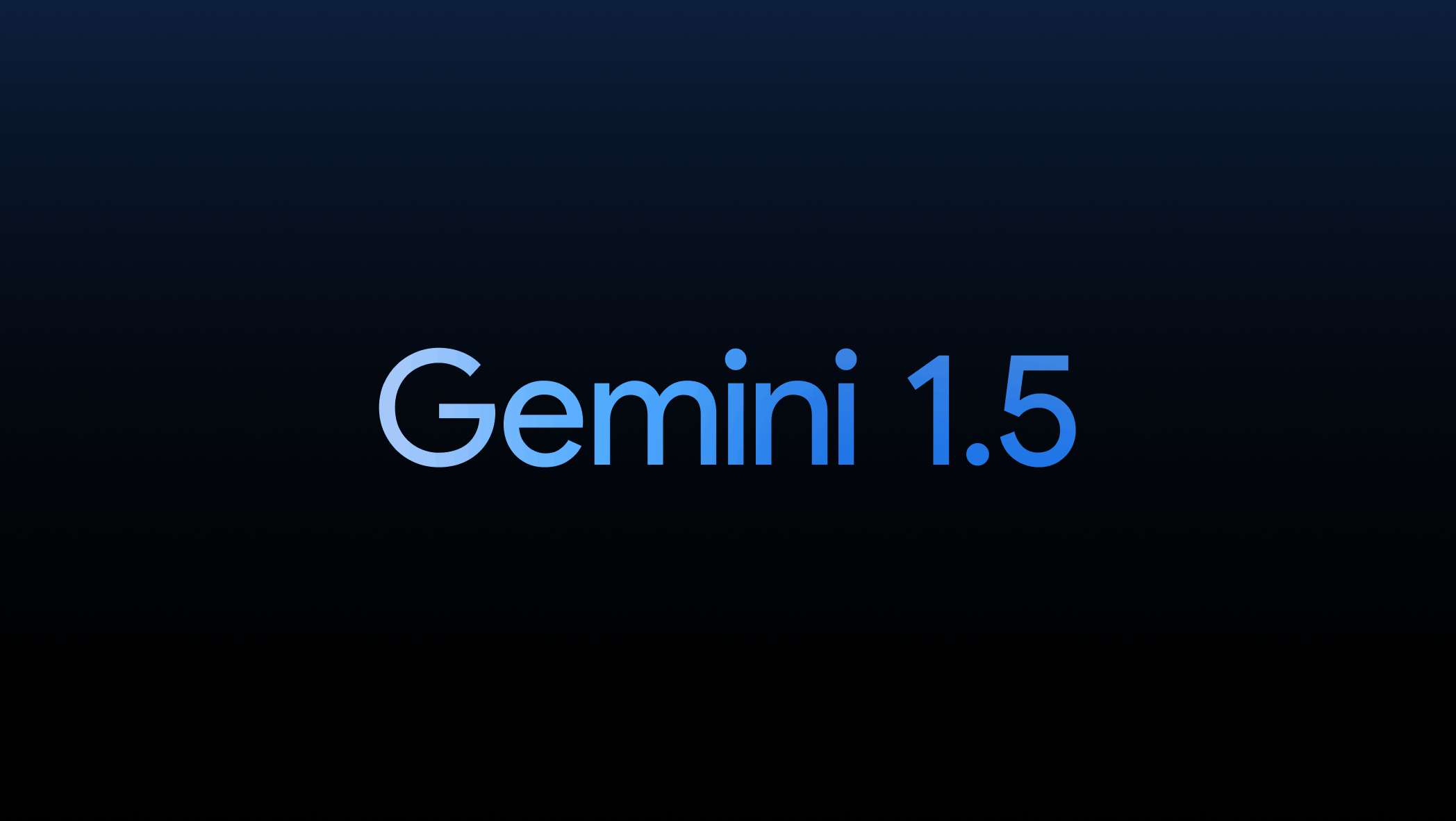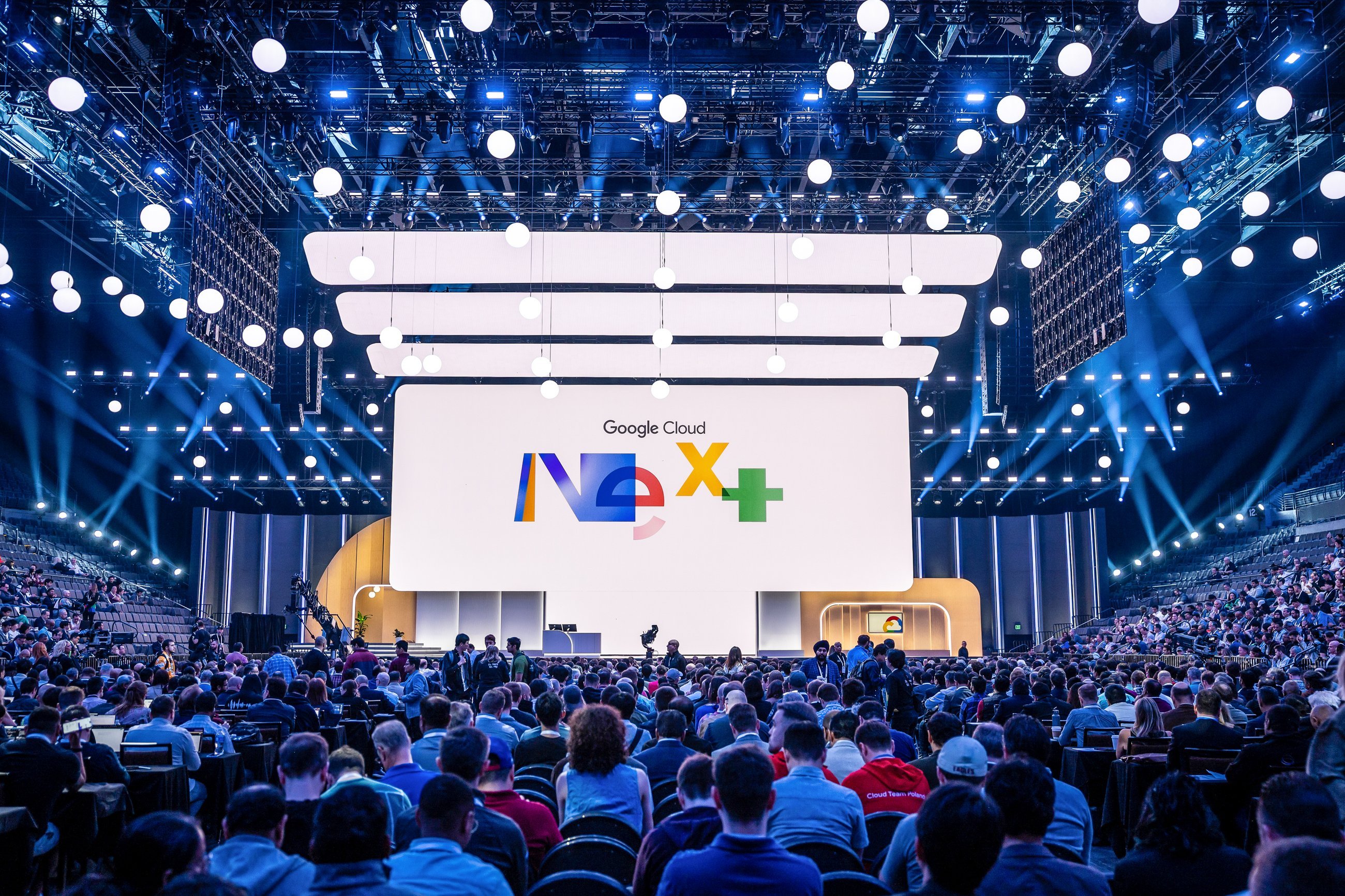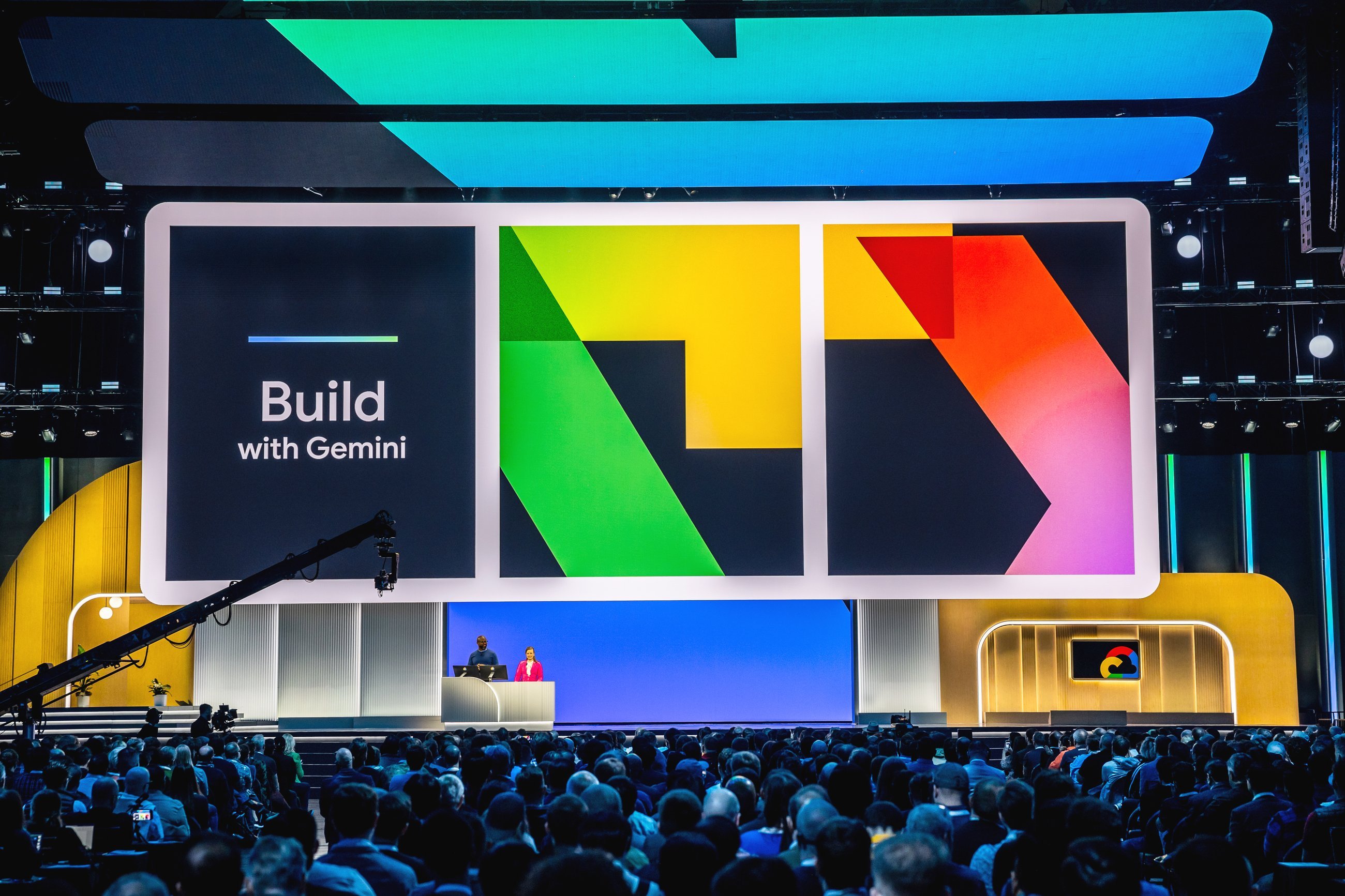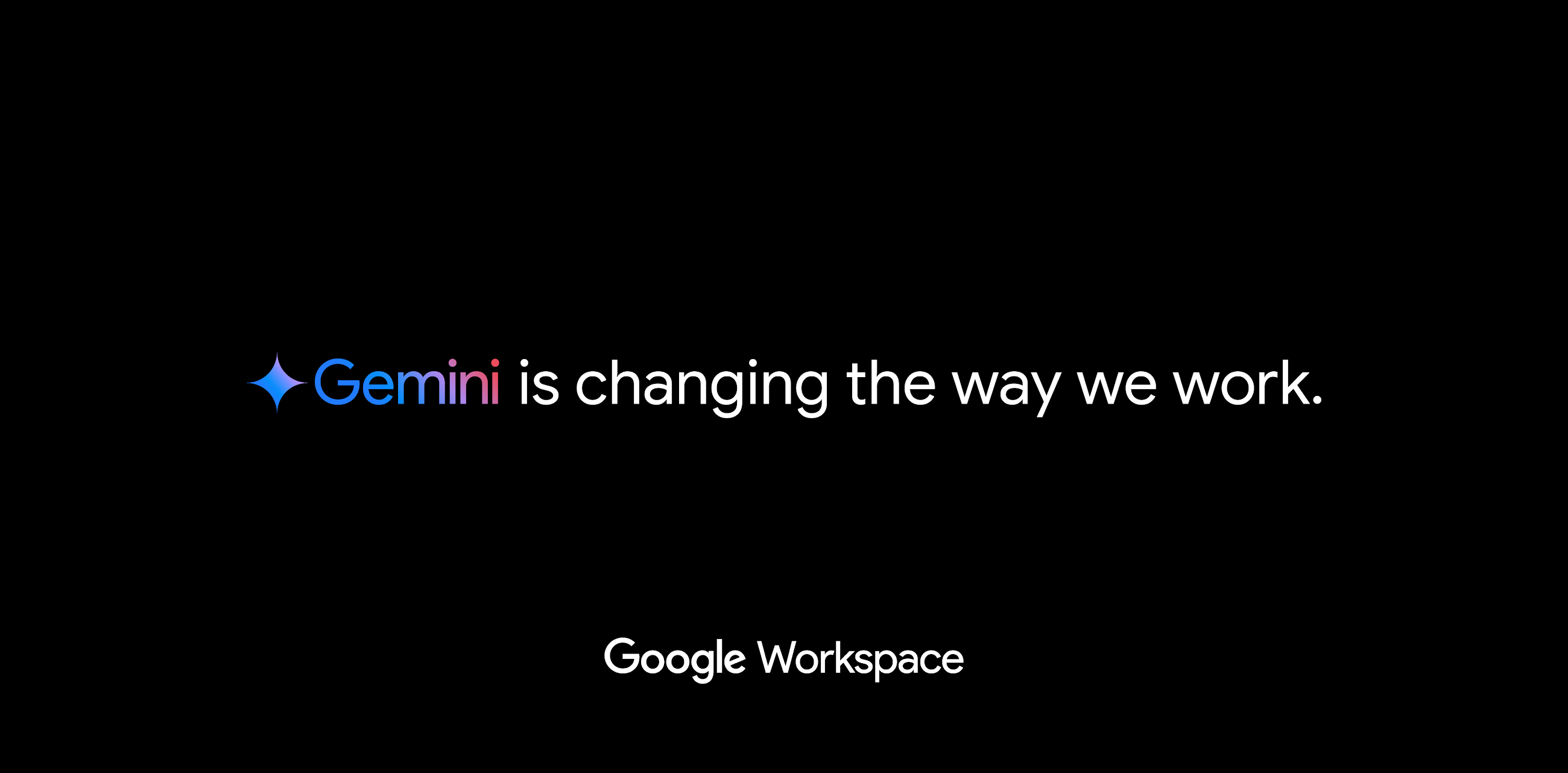Last week marked a significant advancement in Google's AI capabilities with the rollout of the Gemini 1.0 Ultra model. This development represents a major stride towards enhancing the utility of Google products, beginning with the introduction of Gemini Advanced. As of now, developers and Cloud customers have the opportunity to harness the power of 1.0 Ultra by utilizing the Gemini API available in AI Studio and Vertex AI.
The teams at Google have been relentless in their pursuit of innovation, with a keen focus on integrating safety into the latest models. Their efforts have yielded rapid progress, culminating in the unveiling of the next iteration, Gemini 1.5. This new version boasts considerable enhancements across various metrics, with the 1.5 Pro variant achieving a quality level on par with 1.0 Ultra, albeit with reduced computational demand.
A standout feature of the Gemini 1.5 is its exceptional capability in processing long-context information. The model has seen a significant boost in its information processing capacity, now capable of handling up to 1 million tokens consistently. This achievement sets a new standard for the longest context window among large-scale foundation models to date.
The implications of longer context windows are profound, opening up possibilities for entirely new functionalities. This advancement is poised to empower developers to create more sophisticated models and applications. In light of this breakthrough, Google is offering a limited preview of this experimental feature to developers and enterprise customers, promising to revolutionize the landscape of AI applications. Further insights into the capabilities, safety measures, and availability of this feature are provided by Demis in a detailed discussion below.
Introducing Gemini 1.5
The unveiling of Gemini 1.5 marks a pivotal moment in the evolution of artificial intelligence, as spearheaded by Demis Hassabis and the team at Google DeepMind. This new iteration of the Gemini model series signifies not just incremental improvements but a leap forward in AI capabilities, promising to redefine how AI can be leveraged to benefit people worldwide.
Since the debut of Gemini 1.0, the team has been rigorously testing, refining, and enhancing the model to push the boundaries of what AI can achieve. With the introduction of Gemini 1.5, it's clear that these efforts have culminated in a model that not only surpasses its predecessors in efficiency and performance but also introduces groundbreaking features in AI research and application.
One of the most notable advancements in Gemini 1.5 is the integration of a Mixture-of-Experts (MoE) architecture. This innovation makes the model not only more efficient in terms of training and serving but also more adept at handling a wide array of tasks. The first release under this new generation is the Gemini 1.5 Pro, a mid-size multimodal model. It's designed to scale across diverse tasks, offering performance comparable to the previously largest model, Gemini 1.0 Ultra, yet with significant enhancements, particularly in long-context understanding.
Gemini 1.5 Pro initially provides a standard context window of 128,000 tokens. However, in a move that underscores Google DeepMind's commitment to pushing the AI frontier, a select group of developers and enterprise customers will have the opportunity to test an expanded context window up to 1 million tokens. This feature is currently in private preview through AI Studio and Vertex AI, representing a significant leap in the model's ability to process and understand extensive data sequences.
As Google DeepMind prepares to fully roll out this expansive 1 million token context window, there's a concerted effort to refine the model further. The focus is on optimizing for reduced latency, lower computational demands, and an overall enhanced user experience. The anticipation surrounding this capability is high, with the team promising more details on its future availability.
The continued advancements in Gemini's next-generation models are not just technical feats; they represent a broader vision for AI's role in society. By enabling new possibilities for creation, discovery, and innovation, Gemini 1.5 is set to be a cornerstone in the AI landscape, offering tools that developers, enterprises, and individuals can use to harness the full potential of artificial intelligence.
Highly efficient architecture
The Gemini 1.5 model represents a significant leap forward in artificial intelligence, courtesy of Google's pioneering efforts in Transformer and Mixture-of-Experts (MoE) architectures. Unlike traditional Transformer models, which operate as singular, large neural networks, MoE models consist of multiple smaller "expert" networks. This structure allows MoE models to activate only the most relevant expert pathways for a given input, dramatically increasing the model's efficiency. Google's early adoption and innovation in MoE techniques, demonstrated through research projects like Sparsely-Gated MoE, GShard-Transformer, Switch-Transformer, and M4, have positioned it as a leader in the field.
Gemini 1.5's architecture, which builds on these foundations, enables the model to learn complex tasks more rapidly and maintain high quality while being more cost-effective in terms of training and serving. This efficiency has accelerated the development and release of more advanced versions of Gemini, with ongoing efforts aimed at further optimizations.
Greater context, more helpful capabilities
A crucial advancement in Gemini 1.5 is its expanded "context window" capacity. In AI, a context window refers to the amount of information—represented in tokens that the model can process at once. Tokens may represent parts of words, images, videos, audio, or code. A larger context window allows the model to process and understand more information from a given prompt, leading to outputs that are more consistent, relevant, and useful.
With Gemini 1.5 Pro, Google has shattered previous limitations, expanding the context window from the 32,000 tokens of Gemini 1.0 to an unprecedented 1 million tokens in production settings. This expansion means that Gemini 1.5 Pro can process, in a single instance, vast datasets—including an hour of video, 11 hours of audio, codebases exceeding 30,000 lines, or documents up to 700,000 words. Research tests have even pushed this capacity to 10 million tokens, showcasing the model's potential for handling enormous amounts of information.
Complex reasoning about vast amounts of information
The implications of such a vast context window are profound. Gemini 1.5 Pro's ability to analyze, classify, and summarize large datasets enables it to undertake complex reasoning over extensive information. For instance, when analyzing the 402-page transcript of the Apollo 11 moon mission, Gemini 1.5 Pro can discern and reason about the myriad conversations, events, and details within the document. This capability opens new frontiers for AI applications, from advanced content analysis and summarization to deep insights into extensive datasets, heralding a new era of intelligence and utility in AI models.
Better understanding and reasoning across modalities
The Gemini 1.5 Pro model, developed by Google DeepMind, has made remarkable advancements in artificial intelligence, particularly in its ability to perform complex understanding and reasoning across various modalities, including video content. This capability was strikingly demonstrated through its analysis of a 44-minute silent Buster Keaton film, where the model showcased an extraordinary capacity to grasp plot developments, events, and even intricate details that might typically go unnoticed.
This proficiency in analyzing silent film content is particularly noteworthy, given the absence of verbal cues, requiring the model to rely solely on visual information for comprehension and interpretation. The Gemini 1.5 Pro's ability to discern and reason about the subtle nuances in the film demonstrates a significant leap in AI's capacity for multimodal understanding.
Such an advanced level of video content analysis by the Gemini 1.5 Pro opens up new possibilities for applications in various fields beyond the realm of entertainment. It suggests potential uses in educational content development, historical research through archival footage, and enhanced content creation tools, among others. The model's nuanced understanding of video signals a significant move towards more sophisticated, human-like comprehension of complex data by AI systems.
Relevant problem-solving with longer blocks of code
Gemini 1.5 Pro showcases its prowess in tackling intricate problem-solving tasks within extensive blocks of code. When presented with a prompt containing over 100,000 lines of code, the model excels in analyzing examples, offering valuable suggestions for enhancements, and providing detailed explanations on the functioning of different code segments.
Enhanced performance
The recent unveiling of the Gemini 1.5 Pro model by Google DeepMind has set a new benchmark in the field of artificial intelligence, particularly in its application across a broad spectrum of modalities including text, code, image, audio, and video. In a comprehensive evaluation, the 1.5 Pro model has shown remarkable superiority, outperforming its predecessor, the 1.0 Pro, in 87% of the benchmarks crucial for developing large language models (LLMs). Moreover, when pitted against the 1.0 Ultra model on the same benchmarks, the 1.5 Pro demonstrates a broadly similar level of performance, signifying a notable advancement in AI capabilities without the need for additional computational resources.
One of the standout features of the Gemini 1.5 Pro is its unprecedented performance stability, even as the context window is expanded. This is exemplified in the "Needle In A Haystack" (NIAH) evaluation, where the model successfully located a specific piece of text within a massive block of 1 million tokens 99% of the time. Such a feat underscores the model's exceptional ability to process and understand information at scale.
Equally impressive is the 1.5 Pro's aptitude for "in-context learning," a capability that allows the model to acquire new skills from lengthy prompts without the necessity for additional fine-tuning. This was demonstrated through the Machine Translation from One Book (MTOB) benchmark, where the model was tasked with learning to translate English into Kalamang, a language with fewer than 200 speakers globally. Remarkably, the model's performance was on par with that of a human learning from the same material, highlighting its potential for language preservation and documentation.
As the first of its kind to offer such an extensive context window, the Gemini 1.5 Pro model is at the forefront of exploring new realms of AI capabilities. This exploration is supported by ongoing development of novel evaluations and benchmarks designed to test these innovative features.
Extensive ethics and safety testing
Furthermore, in alignment with Google's AI Principles and rigorous safety policies, the Gemini 1.5 Pro model has undergone extensive ethical and safety testing. This includes novel research into safety risks, red-teaming exercises to identify potential harms, and comprehensive evaluations covering content safety and representational harms. These efforts are integral to the model's development and deployment process, ensuring continuous improvement in AI safety standards.
Build and experiment with Gemini models
For developers and enterprise customers eager to explore the capabilities of the Gemini models, a limited preview of the 1.5 Pro is now available through AI Studio and Vertex AI. This initiative not only offers a glimpse into the future of AI applications but also emphasizes Google DeepMind's commitment to responsible AI development and deployment.
With plans to introduce pricing tiers based on context window size and ongoing improvements to model speed and efficiency, the Gemini 1.5 Pro model is poised to revolutionize how we interact with and leverage artificial intelligence. Developers and enterprises interested in being at the forefront of this AI evolution are encouraged to engage with the model through AI Studio and Vertex AI, paving the way for innovative applications and solutions.
















 Twitter
Twitter Youtube
Youtube

